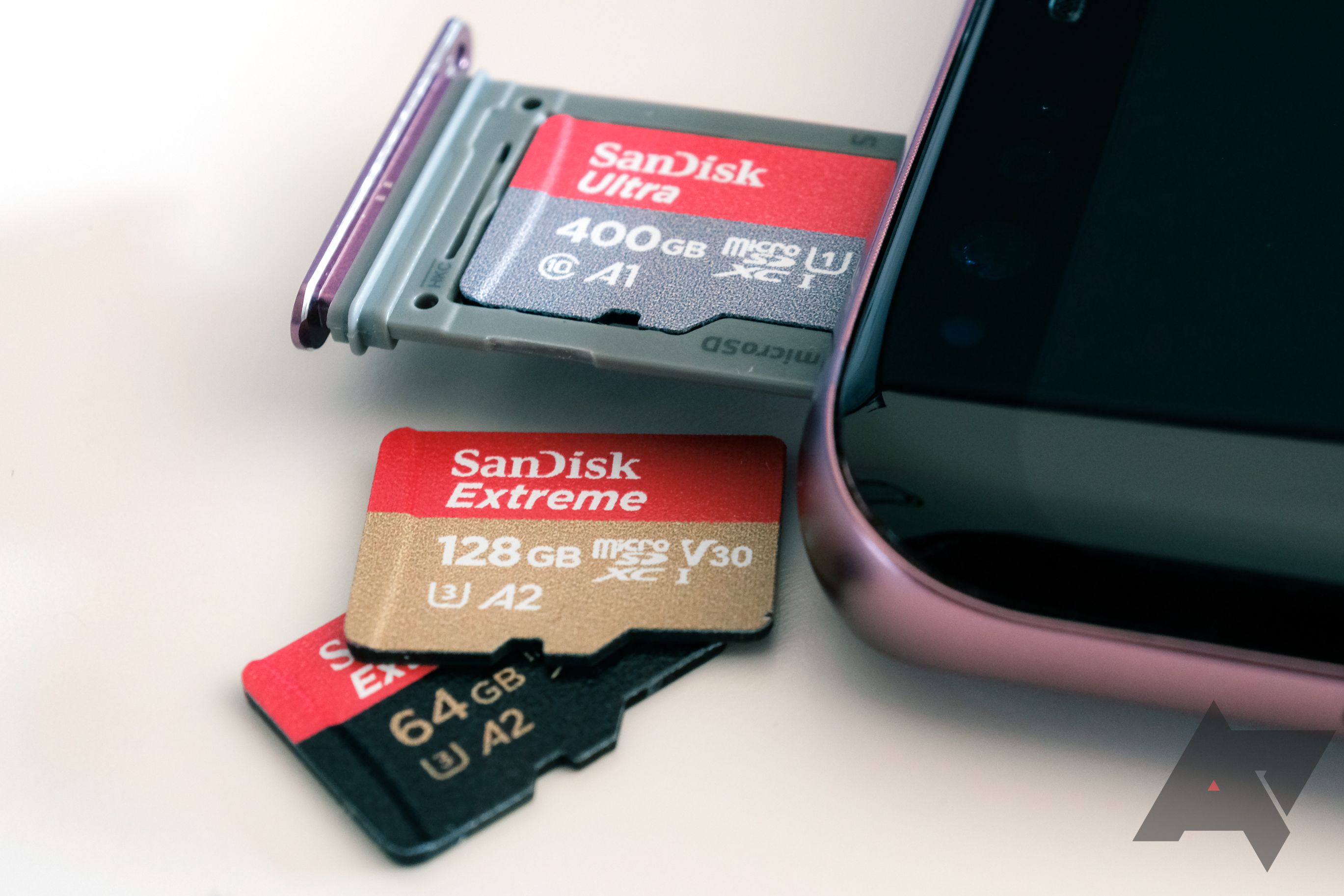If you’re in the market for a new Android tablet, Amazon’s Fire tablets are solid options. They consistently make our list of great tablets and offer exceptional value. One drawback is that they typically ship with less internal storage than their more popular (and usually more expensive) counterparts. The cheapest models come with 32GB of space, which is less than that after you factor in system storage requirements.
This doesn’t leave much room to download apps and store digital media. Still, there’s more than one way to get the storage you need. This guide explains how to clear up the junk on your Fire tablet and expand your storage with a MicroSD card.
.jpg)
Amazon’s Fire tablets are slow, but you can give them a little pep with a few simple tweaks
Speed up your Fire tablet with these tips and tricks
Delete unnecessary apps you haven’t used in a while
If you’ve had your tablet for a while, the first step is to delete previously downloaded apps you don’t use anymore. Amazon doesn’t let you delete the dozens of pre-installed applications on your tablet, but you can get rid of apps and games you installed but don’t use anymore. Open the Games or Apps app, and select the Menu icon. Go to Library and then choose Downloaded. Scroll through your apps to find those you want to delete, select the three-dot icon, and then choose Delete from Device.
Expand your storage with a microSD card
While most smartphones lack an SD card slot, and many tablets are doing away with them, Amazon’s tablets haven’t been affected by this trend. The newest generation of Fire tablets has external storage slots that support up to 1TB. If you buy a good microSD card, you’ll have plenty of space to store files.
Even if you have an older Amazon tablet, if it runs Fire OS 6.0 or newer, SD cards can extend to your tablet’s internal storage using an Android feature called Adoptable Storage. This means apps and other data can be moved to the SD card as needed.
To check the Fire OS version on your tablet, open the
Settings app
and go to
Device Options
>
System Updates
.
When you insert an SD card, an option appears to use the card as internal or external (portable) storage. Amazon recommends the internal storage option as the best choice for expanding device storage. It supports the storage of apps, games, and other digital media. Some apps might not support card storage, but many do. Some mobile games take up a lot of space. If you’re running out of space because of all the games you play, this is the option to choose.
If you choose the portable storage option, most apps can’t be moved to the SD card, and some media, like copyrighted movies and music, may not transfer. This method mainly provides extra space for downloads and offline content. For example, the Netflix and Amazon Prime Video apps can be configured to download content to the SD card instead of to internal storage. If you’re a heavy media consumer with a lot of photos, movies, or music on your device, this is a good option for you.
Your microSD card must be in a FAT32 file system format. The tablet can do this for you when you first insert your SD card. You’ll lose any content on the card, so make sure you’re aware of that before you get started. If you choose internal storage, your card is meant to stay in your tablet, and you’ll get a persistent pop-up message if you boot up without it. If you use your card for external storage, you can safely remove the card in Settings > Storage.
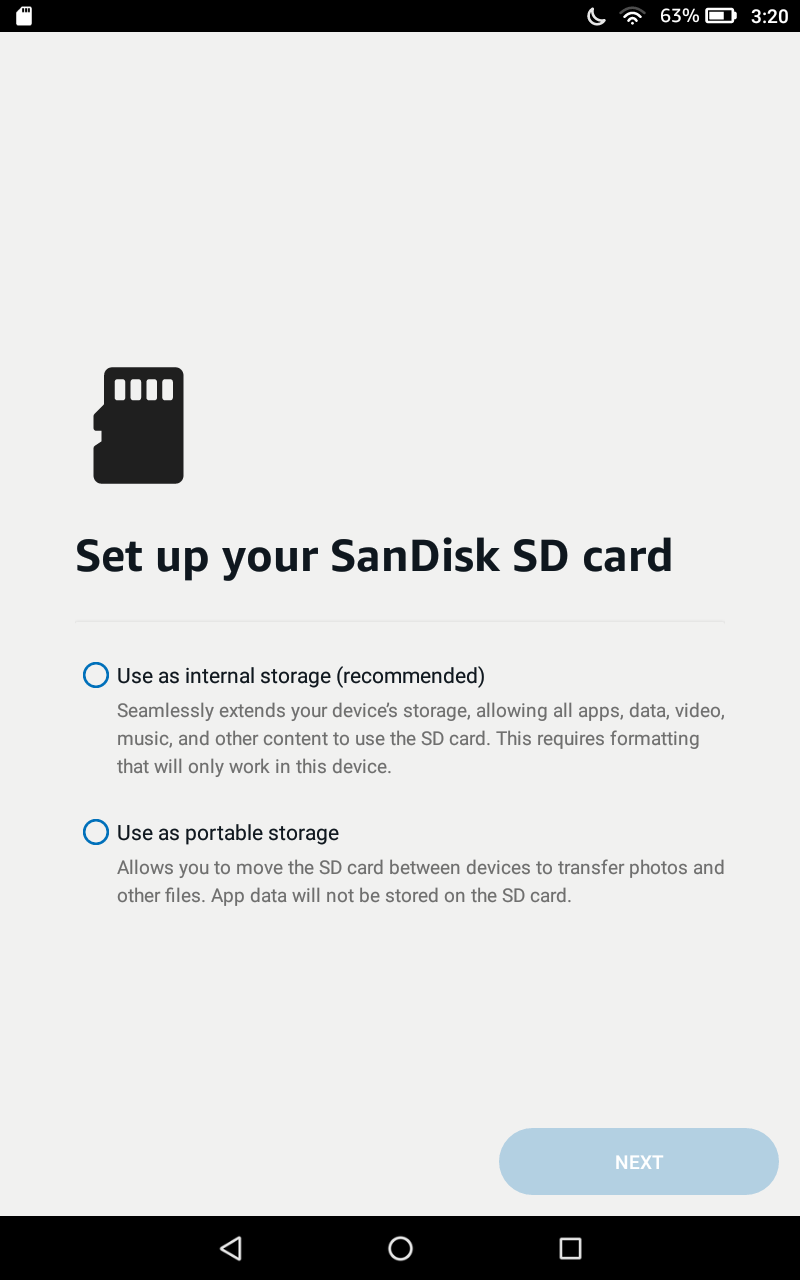

Regardless of the option you choose, buy a microSD card with an A2 rating to get the best performance (the ‘A’ means it’s better for running apps). We recommend SanDisk’s Extreme Pro cards. Even the fastest microSD cards are slower than the internal storage used by modern phones and tablets, but they can still do the job with a good card.
Delete junk data, cache, or duplicate files using a file manager app
Android apps can be messy. Some apps and games leave cached files and data all over your internal storage, even after the apps are deleted. The Files by Google app is a great tool for cleaning up downloads, junk data, duplicate files, and other unwanted items from your Fire tablet.
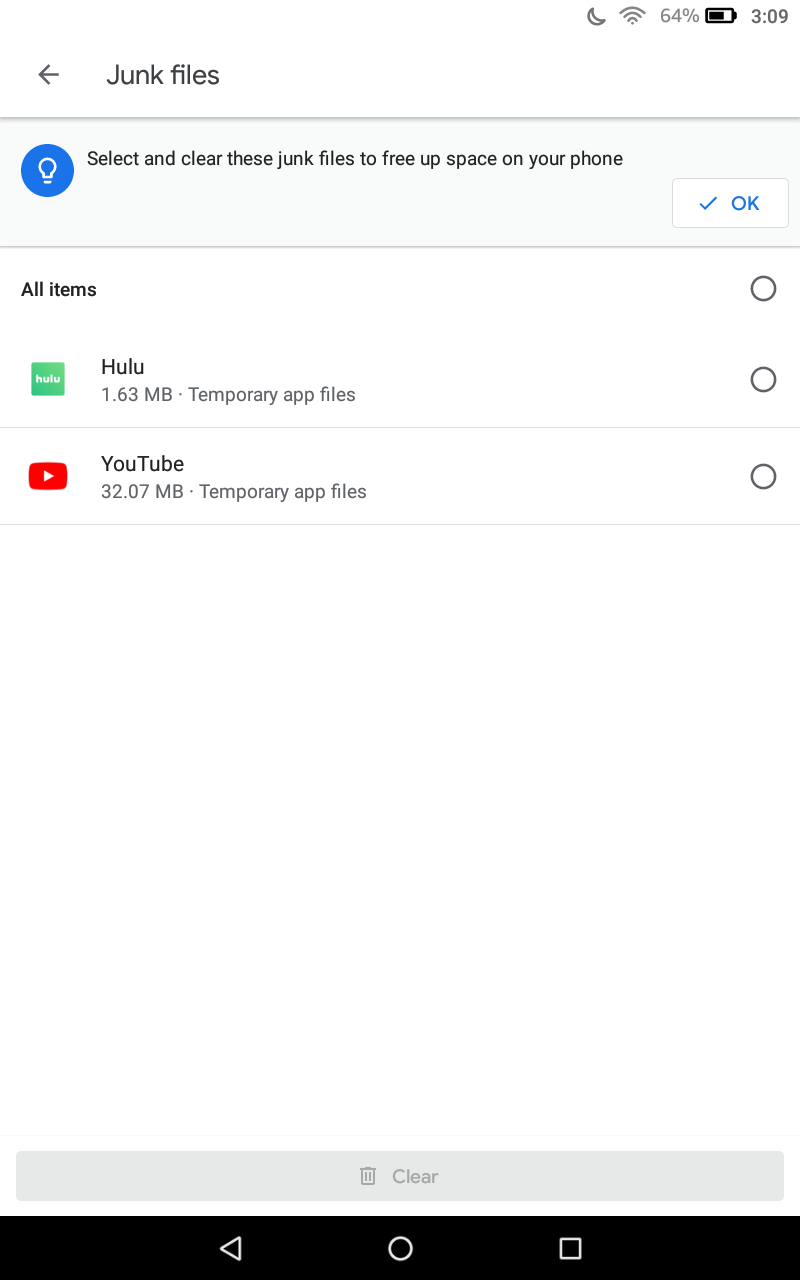
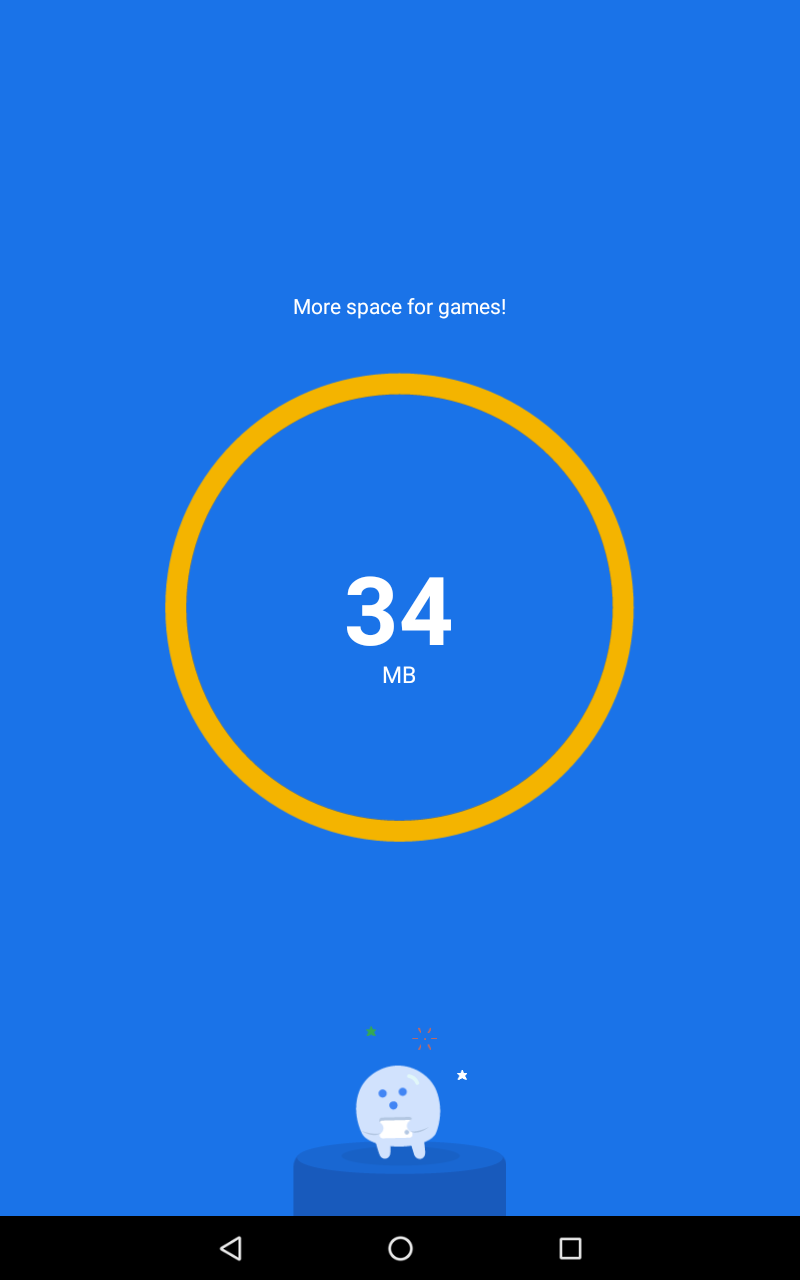
Fire tablets don’t come with the Google Play Store, but you can install it yourself. When the Play Store is installed on your Fire tablet, download Files by Google.
Amazon’s Archive files feature helps with content you rarely use
Amazon’s 1-Tap Archive feature removes content downloaded to your tablet from the cloud. Instead of deleting the content, anything archived is still stored in the cloud and can be re-downloaded at any time.
To access this feature, open the Settings app and select Storage from the list. Then, tap the Archive Now button to let the tablet do its thing. To see what will be archived, tap the View Contents button.
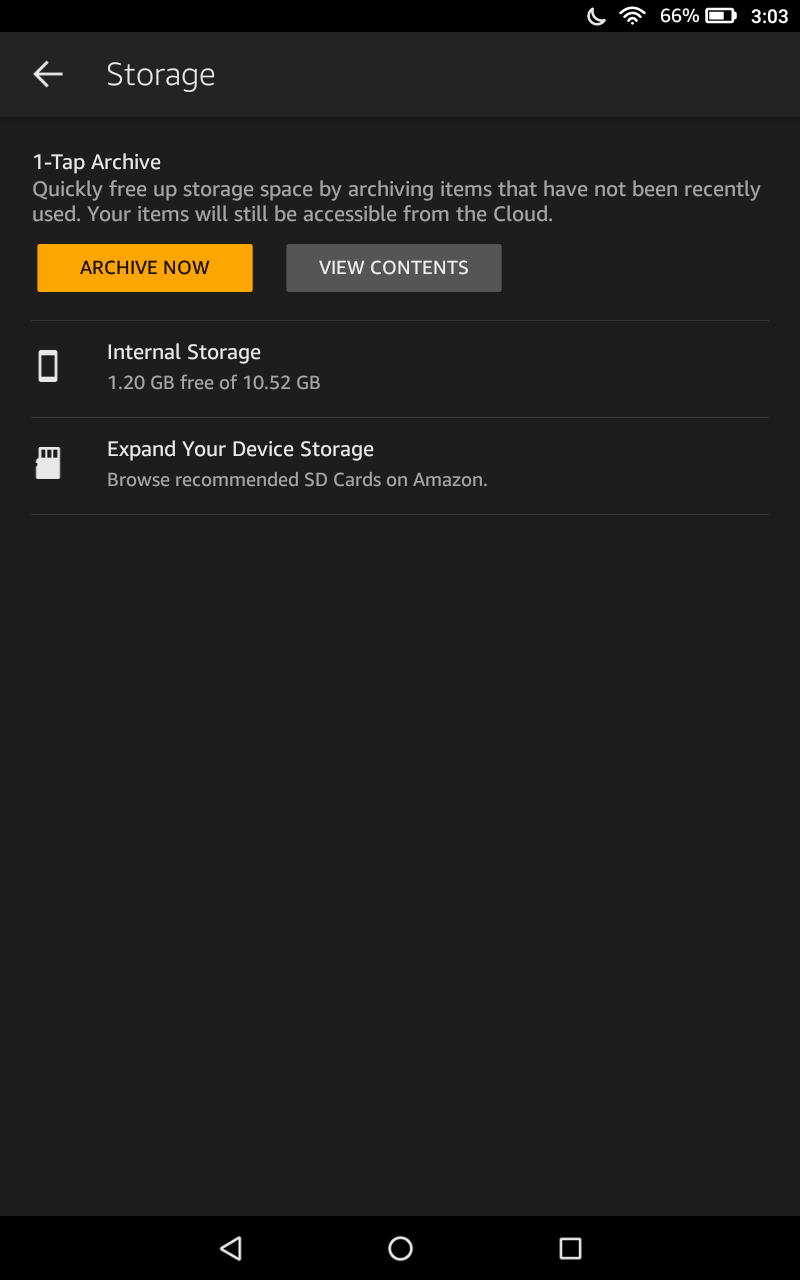
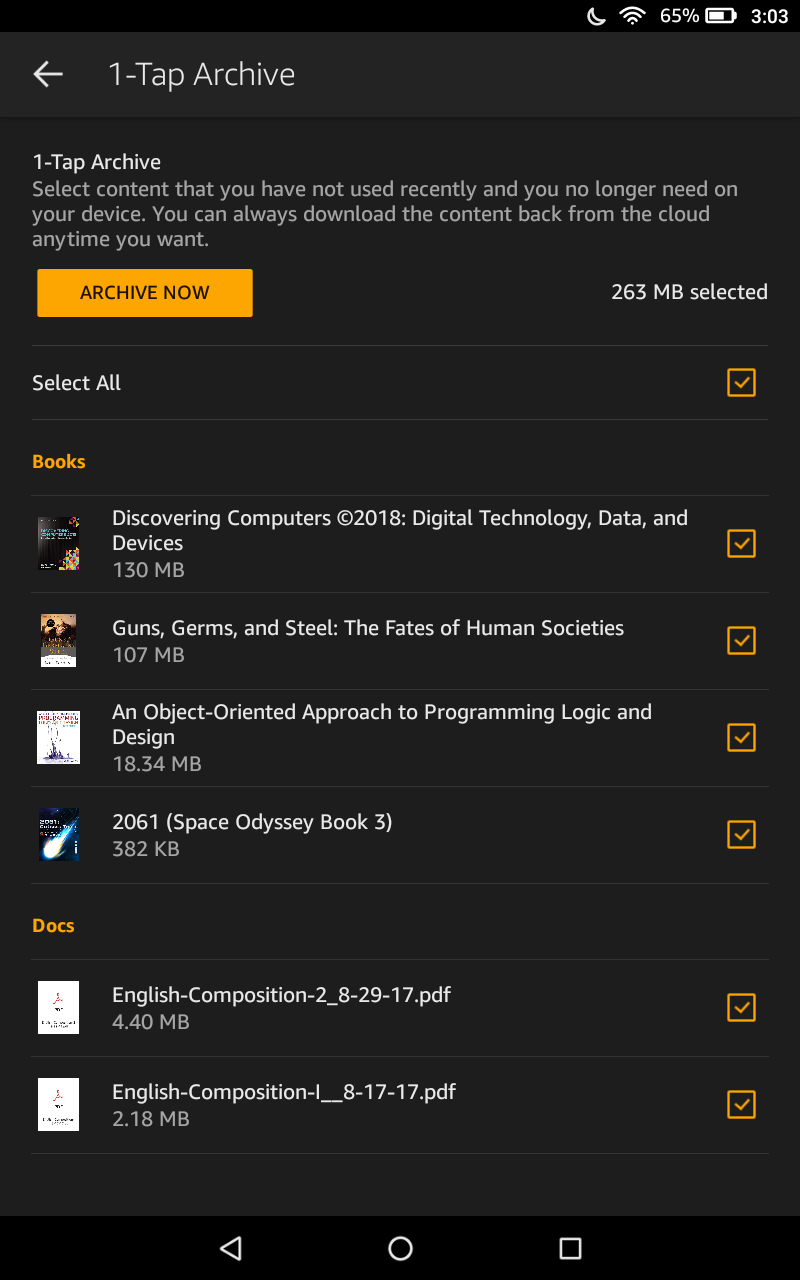
Delete app caches in your Fire tablet’s settings
The last way to clear up storage on your Fire tablet, short of a factory reset, is to go through the installed applications to see which ones take up the most space. Most apps constantly cache extra data to speed things up, but it can build up over time. Open the Settings app, go to Apps & Notifications, and tap Manage All Applications. If you want to look at system apps, tap the menu button in the upper-right corner and tap the option to show system apps only.
There isn’t an option to sort apps by the amount of storage they take up. Instead, scroll down the list to see which ones take up lots of space (the data size is under each app). When you find a culprit, tap it and select Uninstall if you don’t need it anymore. If it’s a system app that can’t be removed, or you want to delete the extra cache and app data but keep the app, select Storage and tap Clear data.
Apps use storage
The times when applications took up a few megabytes of space are long gone, especially if you’re a mobile gamer. These days, most apps require a minimum of around 100 or 200MB of storage, and some apps use more than that. DeviceSoftwareOTA (the service that downloads OS updates) used 1.5GB of storage on our tablet. Other reports say the Amazon Appstore likes to eat up storage because it caches a massive amount of data.
If you have a Fire tablet and a slew of Android devices, you may want your Fire tablet to feel like stock Android. You can change how your tablet looks and works by setting Chrome as your default browser, using Gboard as your keyboard, setting up Google Assistant, and more.
Source link

